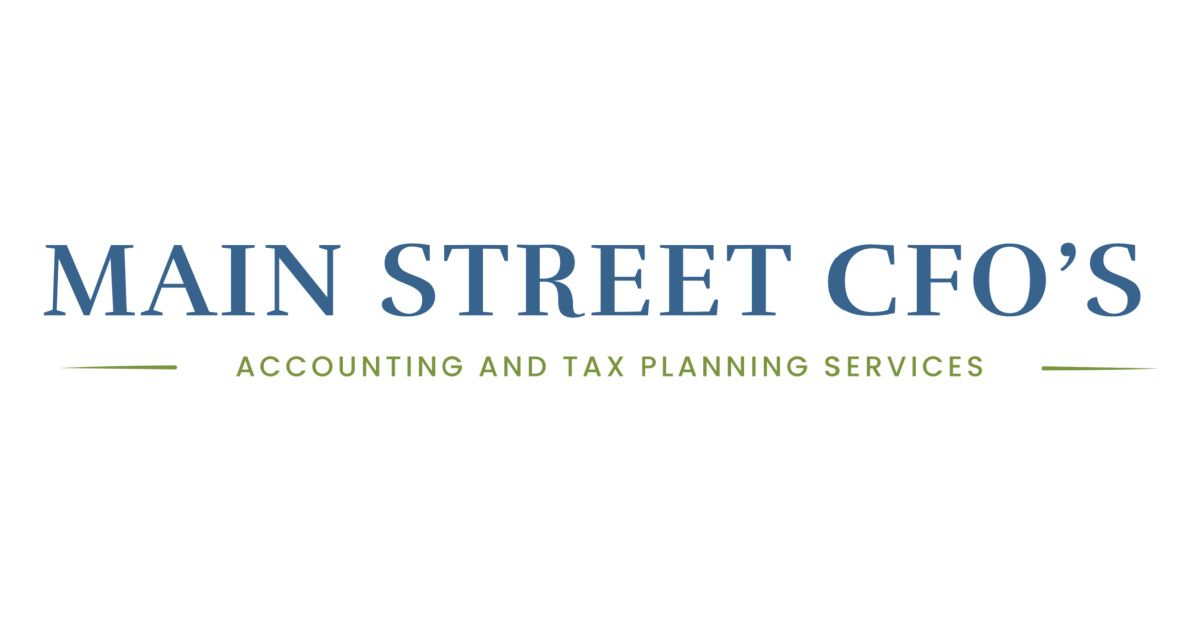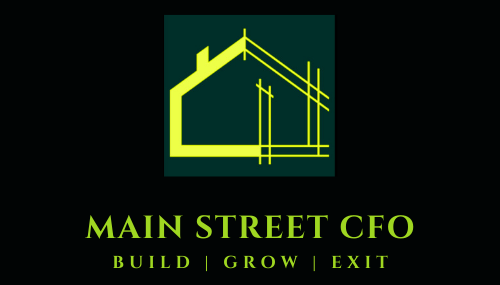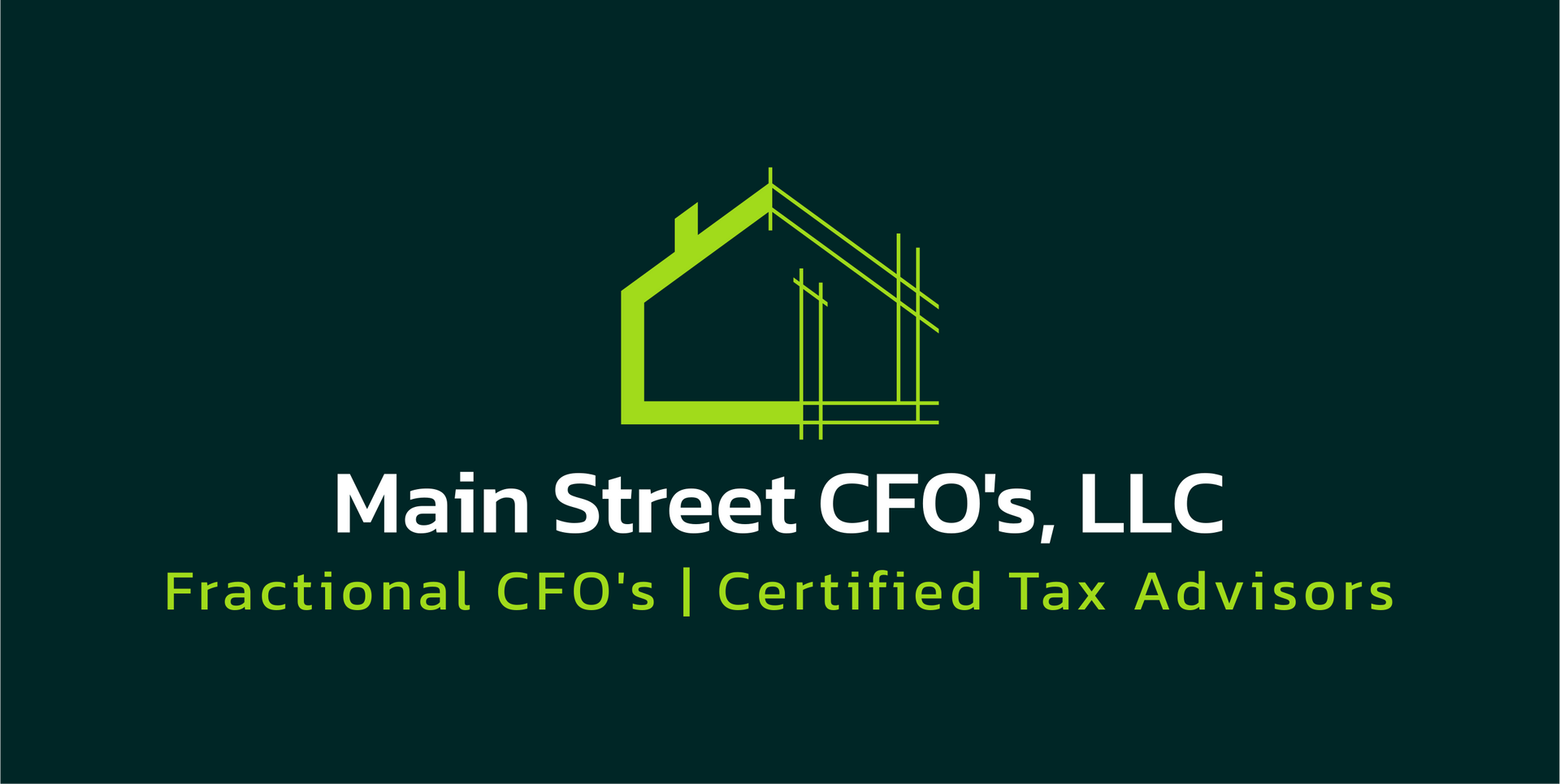Start Up costs...make sure you're maximizing these gems.....
What's a start up cost and why should I care?

Start-up costs, what’s the deal?
What is a Start Up Cost?
These are expenses incurred before a business actually generates any revenue.
These costs are typically related to activities such as:
- Investigating/Researching the business’s potential through things like feasibility studies and market research.
- Setting up and organizing/researching the structure of the business. This includes legal, accounting and literally setting up the office.
- Preparing to start a business. These activities include licensing, entity selections, etc.
Per the IRS, these costs are those incurred before the business begins generating income. More on this later.
Deduction Limits: Section 195 of the IRC provides a special deduction for certain start-up costs.
A business can deduct up to $5,000 in start-up costs in the first year the business begins operations. Anything over $5,000 must be amortized over 180 months.
As with anything IRS related, there’s a huge nuance. If total start-up costs exceed $50,000, the $5,000 deduction is reduced on a dollar-for-dollar basis. This means that if start up costs exceed $55,000, the deductible portion of that $5,000 is zero and the deduction is completely phased out…meaning all of it must be amortized….but when you do the math, it’s still a decent chunk. (see example)
Example:
If your start-up costs are $60,000, you can deduct $5,000 in the first year (if within the threshold), and the remaining $55,000 would be amortized over 15 years. This means a deduction of approximately $3,666 per year for the next 15 years.
So, what costs are considered “start up”?
Start-up costs that qualify for tax deductions or amortization include:
- Market research: Costs of analyzing potential markets, competitors, and consumer interest.
- Business formation: Legal fees for organizing the business entity.
- Employee-related costs: Costs of hiring and training employees before the business is operational.
- Consulting fees: Costs for hiring professionals (like accountants, lawyers, or business consultants) for advice in setting up the business.
- Advertising and promotion: Costs of advertising and promoting the business before the actual start of operations.
Ok, but what doesn't count?
Not all costs associated with starting a business can be deducted as start-up costs. The code specifies some and they include costs that would be considered capital expenses, such as purchasing physical property, land, buildings, or equipment. Also, financing costs such as interest payments on loans, these would be deductible as interest expense.
Election to Capitalize Start-Up Costs:
Now, just because you can deduct start up costs, doesn’t mean you have to. Instead, a business can elect to capitalize the costs and treat them as part of the cost of setting up assets. However, most small businesses choose to deduct them as described above, especially since the option to amortize over 15 years may not be as beneficial for many new businesses.
Start Up costs versus Organizational Costs: Organizational costs are separate from start-up costs in tax law (attorneys have a great lobby). Organizational costs typically refer to costs related to forming a legal entity (e.g., incorporation or LLC formation fees), while start-up costs involve preparing the business to open and operate.
Organizational costs can be deducted up to $5,000 in the first year, just like start-up costs. However, the same rules regarding the $50,000 phase-out threshold apply.
Now, much of the discussion danced around the concept of costs incurred prior to generating revenue. That “generating revenue” part is HUGE. Without that component, you’re not “in business”…and that means, none of those costs are deductible. So, make sure you sell that first cup of lemonade…and remember, making $1 is still “generating revenue”.
Summary:
Starting a business can be expensive and the IRS knows that. That's why the tax rules around start-up costs are specifically designed to help ease the financial strain of getting your business off the ground. You can immediately deduct a portion of your start-up costs (up to $5,000), and any remaining expenses must be amortized over the next 15 years (180 months). This helps soften the blow of those initial investments. But here’s the key: to maximize your deductions and avoid any tax headaches down the road, it’s crucial to track and properly categorize these costs from day one. Many savvy small business owners work closely with a tax advisor to ensure they're taking full advantage of these deductions while staying fully compliant with the ever-changing tax laws. If you would like to set up a call with us, feel free to reach out.












